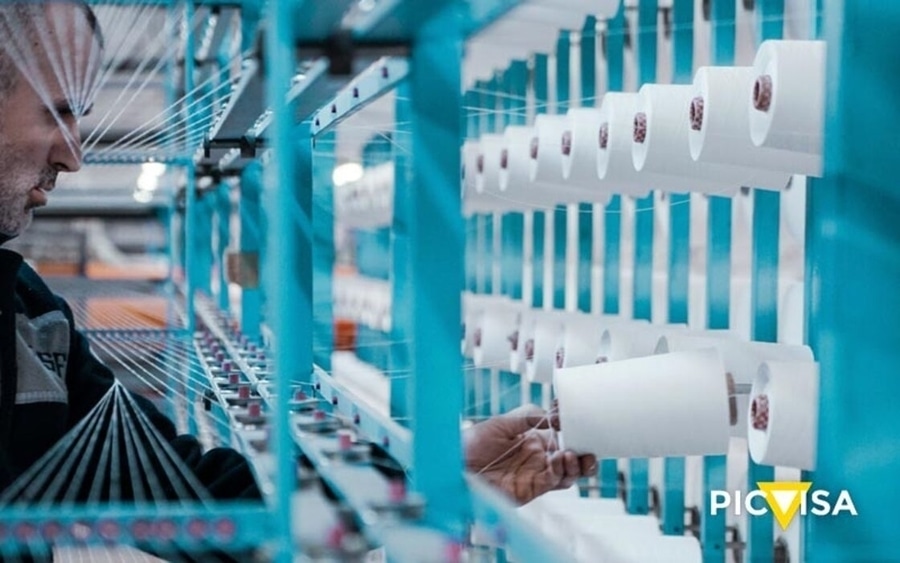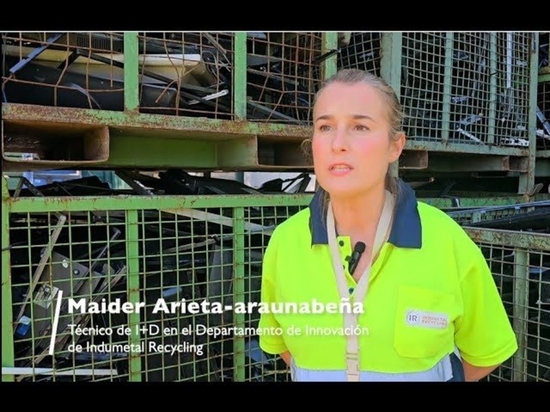
#Industry News
EUROPE, TOWARDS THE DIGITAL PASSPORT ON CIRCULARITY THAT FACILITATES TEXTILE RECYCLING
Europe has a problem with its textile waste.
European consumption of textile products ranks fourth for its impact on the environment and climate change, behind food, construction and mobility. The sector, however, is at the tail end in recycling. Each European discards 11 kilos of clothes a year, which is equivalent to about 7.5 million tons of waste, of which only 30 to 35% is collected, and only 1% is recycled to make new fabrics.
EUROPE WANTS TO ACTIVATE THE CIRCULAR TEXTILE ECONOMY
However, the first steps have already been taken to reverse this situation by betting on the transformation of waste into a resource and thus activate the circular economy in the textile sector on a large scale. On the one hand, EURATEX, the entity that represents the interests of the European textile industry, promotes since 2020 the ReHubs initiative (recycling hubs), which works on the elaboration of a roadmap to recycle, fiber to fiber, 2.5 million textile waste (between 18 to 26% of waste) in 2030.
And, on the other hand, the European Waste Law, which will oblige the separate collection of textile waste in 2025 and is circumscribed in the European Union Strategy on Sustainable and Circular Textile Products. This strategy includes new design and quality requirements that facilitate recycling, sets mandatory minimums for recycled fibers in new textiles, and proposes to create a digital passport with information on circularity that facilitates the recycling of fabrics.
In this way, the sector will have to integrate circularity into its business models and minimize its environmental footprint, minimizing textile waste and keeping materials in the consumption and production cycle as long as possible. In this sense, to comply with regulations and to attract consumers, increasingly oriented towards sustainability, both industry and governments will have to promote greener value chains, but also fairer in terms of gender equality and working conditions.
FRANCE, LEADER IN TEXTILE CIRCULARITY
One of the countries that have accelerated the transition to circularity is France. This country is, for example, a pioneer in the implementation of the Extended Producer Responsibility system, mandatory from 2025, which obliges brands to pay for each product marketed to cover its management when it becomes waste. This fee raises about 25 million euros annually, which are used to pay the sorters and reward the municipalities that encourage the separation and collection of clothes.
France, however, has implemented other measures such as the obligation of a minimum percentage of reuse and incorporation of recycled materials in the products purchased by its public administrations (20%). The result of this commitment to textile recycling is evident. France has more than 46,000 textile waste collection points and its collection rate is now at 38% of the material in circulation. France is therefore emerging as the example to follow to advance in the circularity of the textile sector.
The rest of Europe lags behind France. Germany, for example, has a high collection rate for reuse and recycling. It collects 75% of its textiles, but most of it is recycled for use in lower-value applications, such as insulation or filler material. Italy, for its part, only collects 15% of its textile waste for reuse, but imports large amounts of waste for recycling. The city of Prato, for example, is the real world capital of the manufacture of recycled textile materials. In 2017, it converted 142,000 tons of textile waste into new fibers.
SPAIN, TECHNOLOGY COMPANIES SUCH AS PICVISA IN THE PACT FOR TEXTILE RECYCLING
A situation very different from the Spanish one, still far from the objectives set for 2025. A study by the Modare cooperative, promoted by Caritas, ensures that Spain only collects just over 12% of the textile waste it generates annually and that almost one million tons go directly to the landfill. In recent years, however, some initiatives are trying to reverse the situation. On the one hand, large groups such as Inditex, Mango, El Corte Inglés and H&M promote collaboration with institutions, almost always in the Third Sector, aimed at the collection of used clothes.
On the other hand, the Spanish Intertextile Council (CIE), the ModaEspaña Confederation and the Federation of Spanish Footwear Industries (FICE) have initiated a transformation plan for the sustainable development of the textile industry. A third initiative is the Pact for Circular Fashion of Catalonia, which seeks to add the industry to respond jointly and effectively to the challenges of the sector with common objectives and generating instruments that facilitate its transformation towards a circular model.





